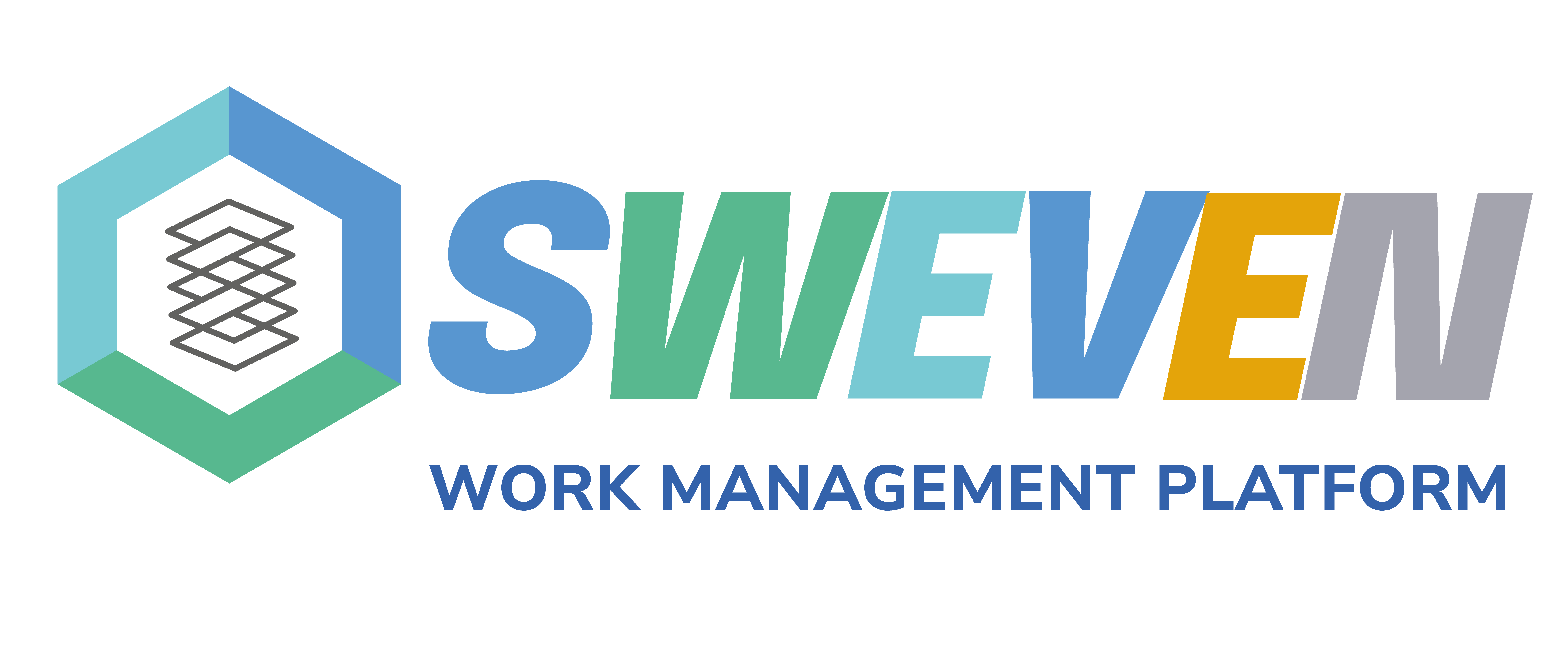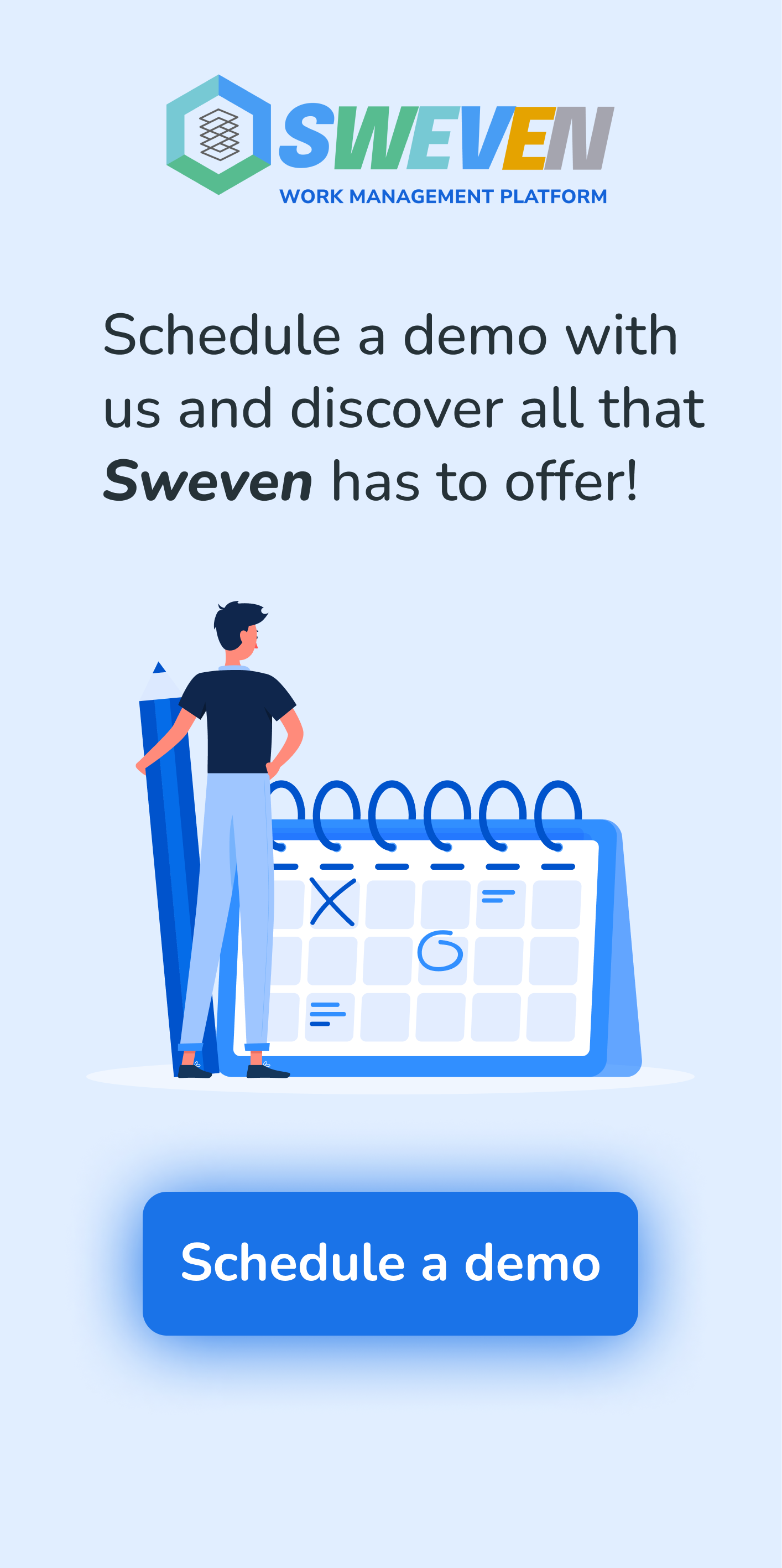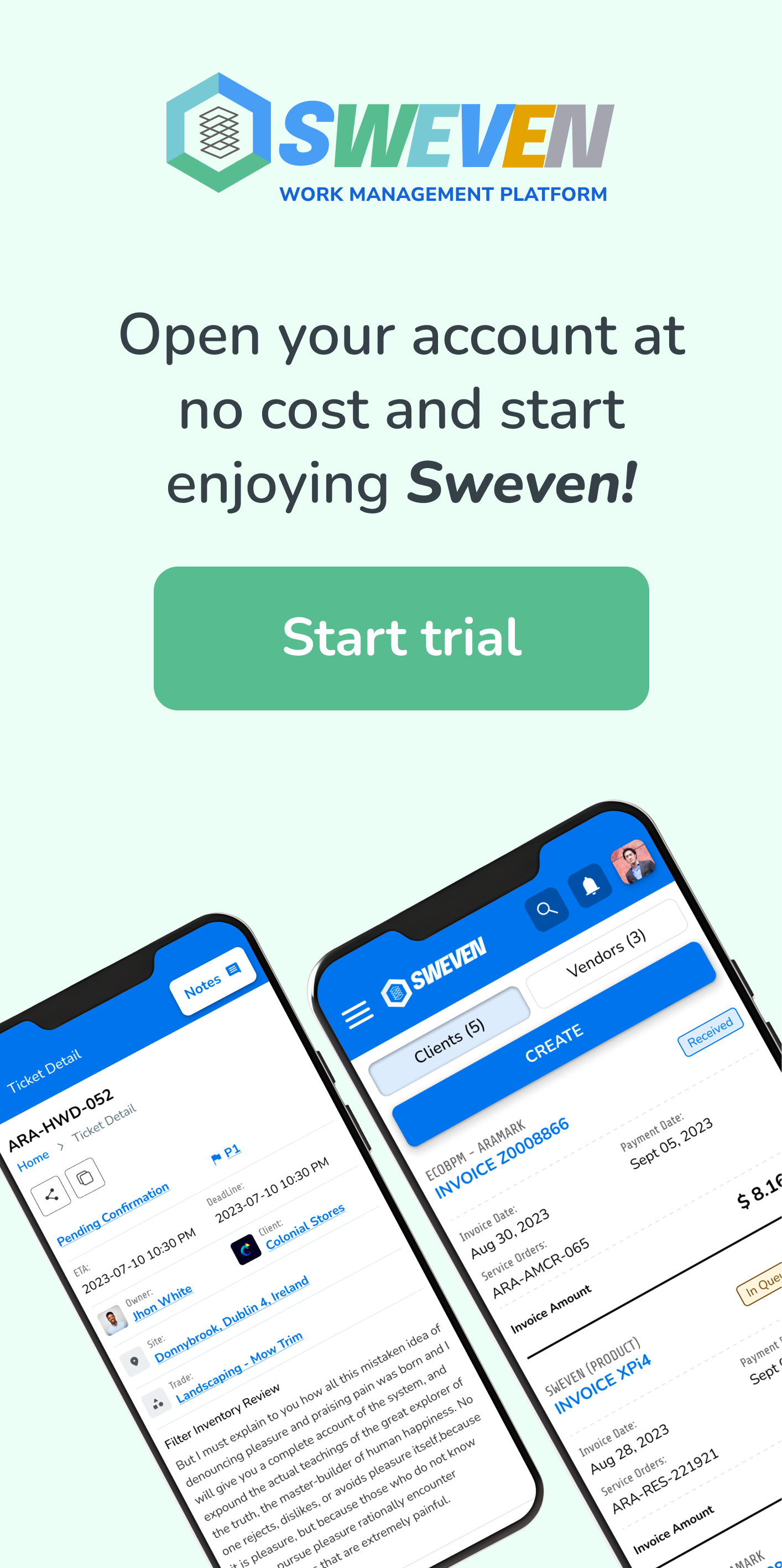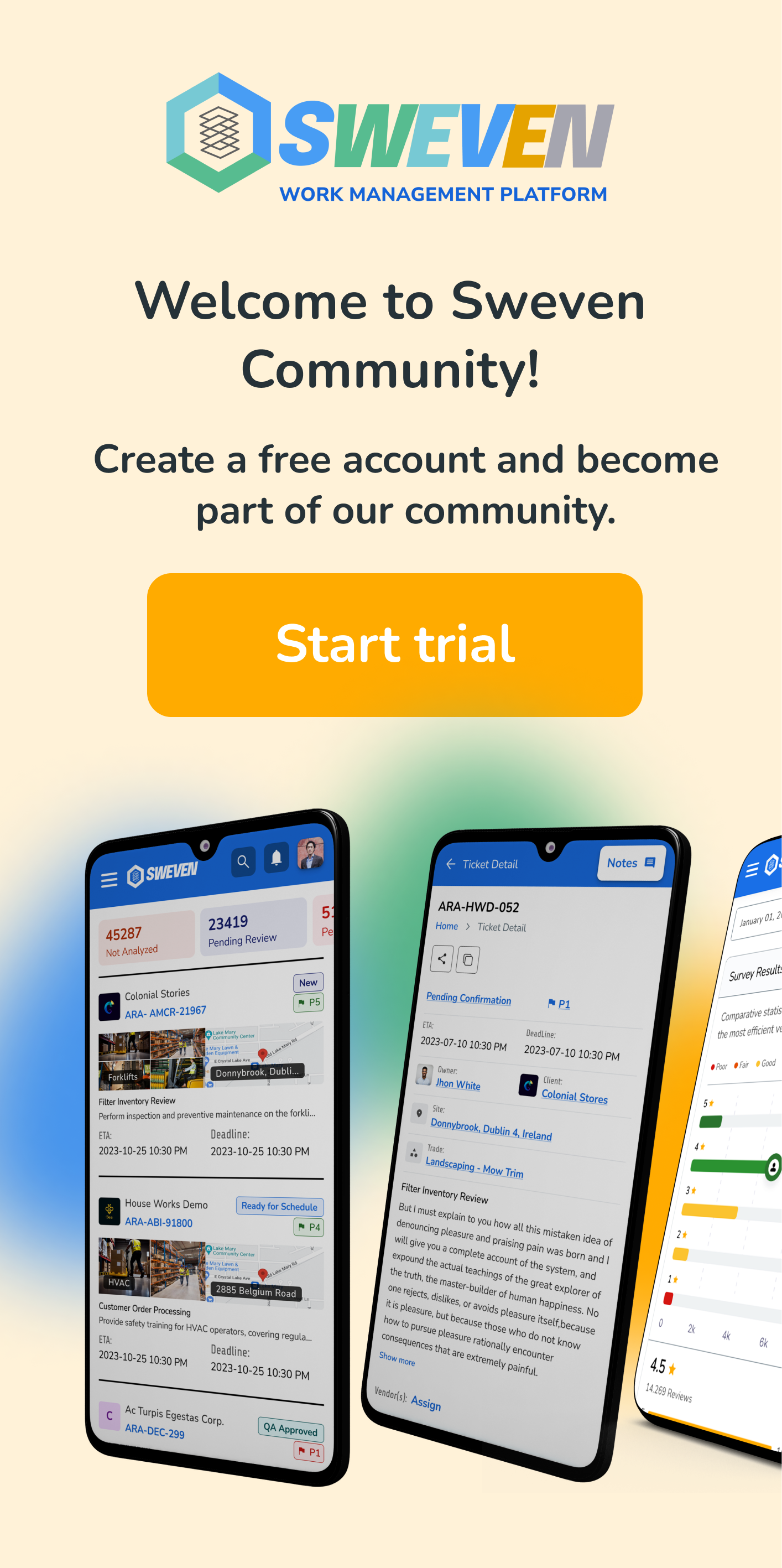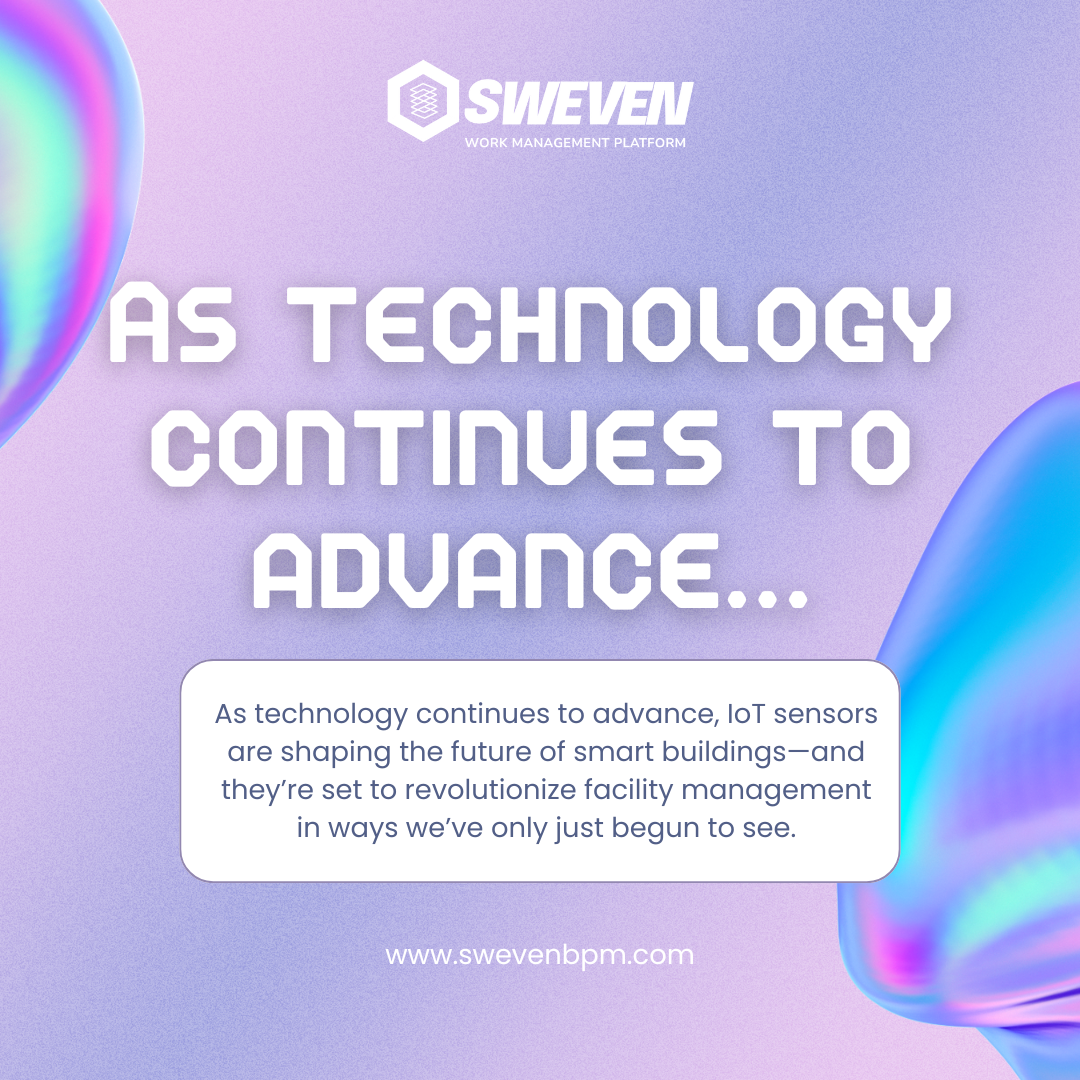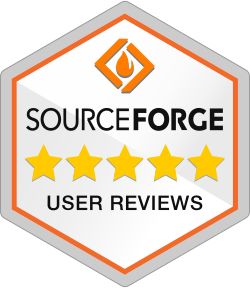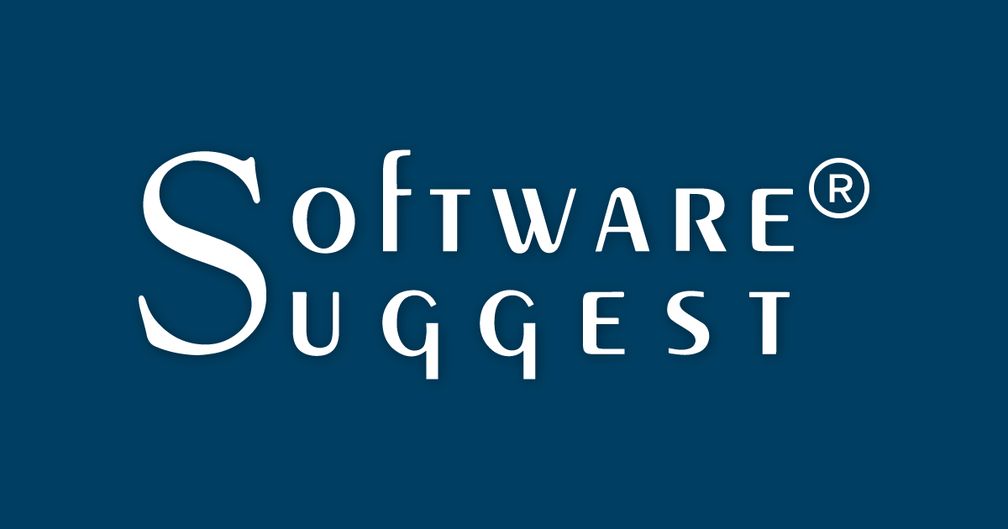
In today’s fast-paced business environment, organizations rely on a multitude of technology solutions to manage various aspects of their operations. However, with different vendors providing specialized tech stacks, companies often face challenges when it comes to integration. Disparate systems can lead to inefficiencies, miscommunication, and wasted resources. To overcome these hurdles, businesses must adopt strategies to unify their tech stacks, and that’s where Sweven BPM comes into play.
The Challenges of Disparate Systems
- Data Silos: When different departments use separate systems, data becomes trapped in silos, making it difficult to gain comprehensive insights. This fragmentation can lead to inconsistencies and hinder decision-making.
- Inefficiency: Manual data entry and transfers between systems consume valuable time and resources. Employees often spend hours trying to ensure that information is consistent across platforms.
- Poor Collaboration: Disparate systems can create barriers to effective collaboration among teams. When information is not easily accessible, it hampers communication and slows down project progress.
- Increased Costs: Maintaining multiple systems can be costly. Businesses may face licensing fees, training expenses, and additional overhead that can add up quickly.

Why Integration Matters
Integrating tech stacks allows organizations to streamline operations, improve communication, and enhance productivity. By unifying systems, businesses can achieve:
- Improved Data Visibility: Integration enables real-time access to data across platforms, allowing for more informed decision-making.
- Enhanced Collaboration: With a unified tech stack, teams can work together more effectively, sharing insights and collaborating on projects without barriers.
- Cost Savings: Reducing the number of systems and automating processes can lead to significant cost savings over time.
- Agility: A unified system allows businesses to respond to changes in the market more quickly and efficiently.
How Sweven BPM Can Help
Sweven BPM is a powerful Business Process Management tool designed to integrate disparate systems seamlessly. Here’s how it can facilitate the unification of your vendor tech stacks:
1. Customizable Integration Solutions
Sweven BPM offers customizable integration options that allow organizations to connect their existing systems easily. Whether it’s a CRM, ERP, or specialized software, Sweven can bridge the gap, ensuring that all systems communicate effectively.
2. Automated Workflows
With Sweven BPM, businesses can create automated workflows that streamline processes across different departments. By automating repetitive tasks, organizations can reduce errors, save time, and increase overall efficiency.
3. Real-Time Data Synchronization
Sweven BPM ensures real-time data synchronization across all connected systems. This means that any updates made in one system are automatically reflected in others, eliminating data discrepancies and improving accuracy.
4. Centralized Dashboard
The platform provides a centralized dashboard that offers a comprehensive view of all business operations. This feature allows decision-makers to monitor performance metrics and access critical information at a glance, facilitating better strategic planning.
5. Scalability
As businesses grow, their technology needs may evolve. Sweven BPM is designed to be scalable, allowing organizations to add new integrations and functionalities as needed. This flexibility ensures that businesses can adapt to changing market demands without overhauling their entire tech stack.
6. User-Friendly Interface
One of the standout features of Sweven BPM is its user-friendly interface. This makes it easier for employees to navigate and utilize the platform effectively, reducing the learning curve associated with new technology.
7. Dedicated Support
Sweven BPM offers dedicated customer support to assist organizations in their integration journey. Whether troubleshooting issues or providing guidance on best practices, their team is committed to ensuring a smooth transition to a unified tech stack.

Conclusion
In an era where efficiency and agility are paramount, integrating vendor tech stacks is crucial for organizations aiming to thrive. By leveraging tools like Sweven BPM, businesses can overcome the challenges of disparate systems, streamline operations, and enhance collaboration. The result is a cohesive environment that drives productivity and ultimately leads to better business outcomes. Investing in integration is not just a technical improvement; it’s a strategic move towards achieving operational excellence.
